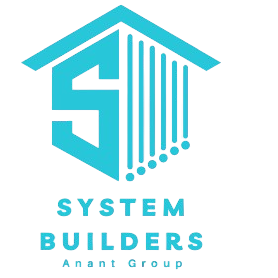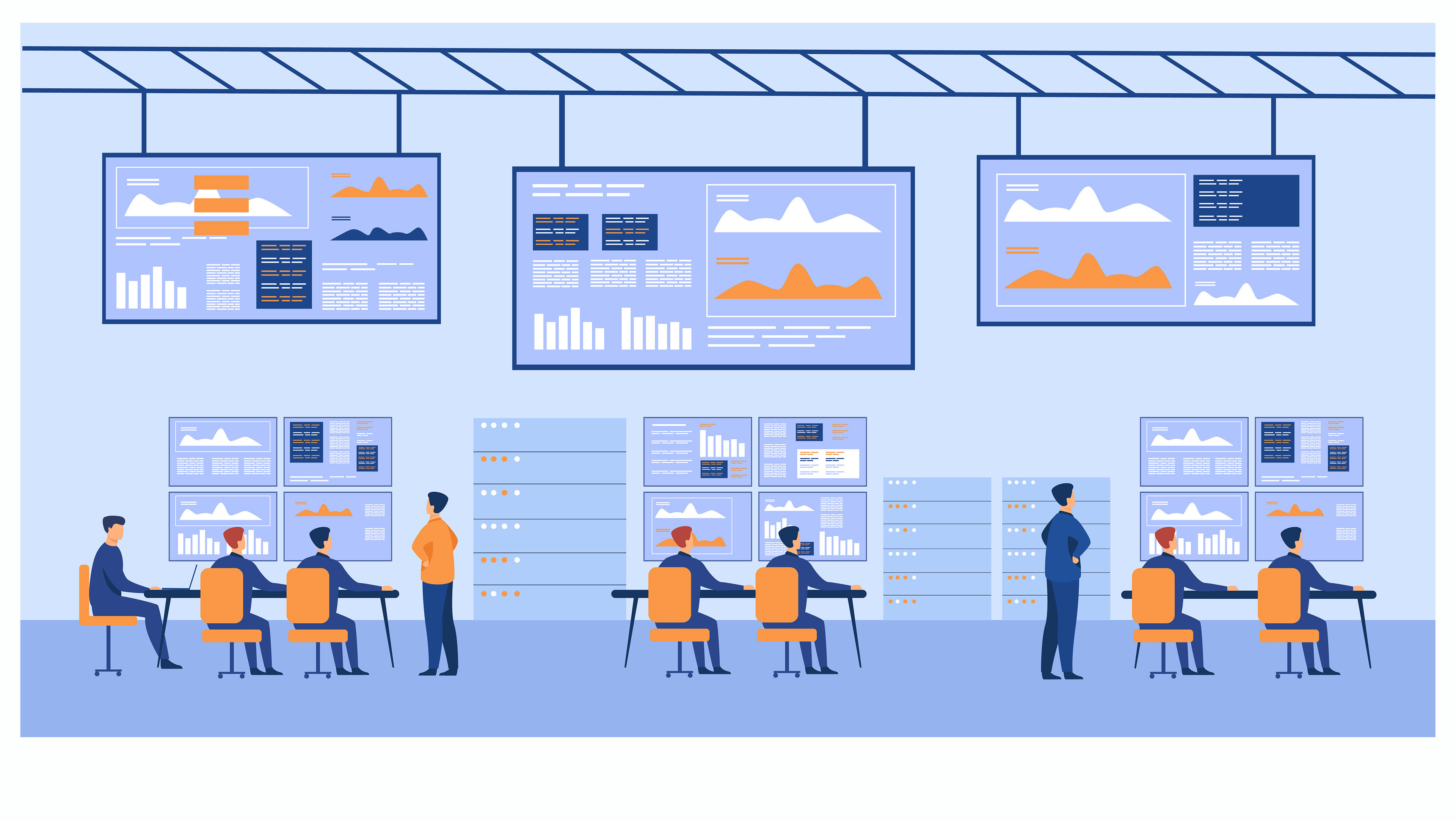
Network design and planning is a crucial service that involves creating a blueprint for a client's network infrastructure based on their specific requirements and objectives. Here's a brief overview of what it entails:
Assessment of Requirements: The process begins with understanding the client's business needs, including their current network infrastructure, anticipated growth, budget constraints, security requirements, and performance expectations.
Topology Design: Based on the assessment, a network topology is designed, outlining the arrangement of networking devices such as routers, switches, firewalls, servers, and endpoints. This includes deciding on the physical and logical layout of the network, and considering factors like scalability, redundancy, and fault tolerance.
Hardware and Software Selection: Selecting appropriate hardware and software components that align with the network design requirements. This involves considering factors such as performance, compatibility, scalability, vendor support, and budget constraints.
Security Considerations: Integrating security measures into the network design to protect against cyber threats, data breaches, and unauthorized access. This may involve implementing firewalls, intrusion detection/prevention systems, access controls, encryption protocols, and VPNs.
Scalability and Flexibility: Designing the network with scalability and flexibility in mind to accommodate future growth and technological advancements. This may include designing modular architectures, implementing virtualization technologies, and ensuring compatibility with emerging networking standards.
Quality of Service (QoS): Implementing QoS mechanisms to prioritize network traffic and ensure optimal performance for critical applications such as VoIP, video conferencing, and real-time data transmission.
Redundancy and High Availability: Incorporating redundancy and failover mechanisms to minimize downtime and ensure high availability. This may involve deploying redundant hardware components, implementing backup links, and configuring load balancing techniques.
Documentation and Reporting: Creating comprehensive documentation of the network design, including network diagrams, configuration details, IP address assignments, and security policies. This documentation serves as a reference for network administrators and facilitates troubleshooting and future expansion.
Compliance and Standards: Ensuring that the network design complies with industry standards, regulatory requirements, and best practices for security, performance, and reliability.
Review and Optimization: Reviewing the network design periodically to identify areas for optimization and improvement based on evolving business needs, technological advancements, and feedback from network users.
Overall, network design and planning involve a systematic approach to create a robust, scalable, and secure network infrastructure that meets the specific needs and objectives of the client's organization








